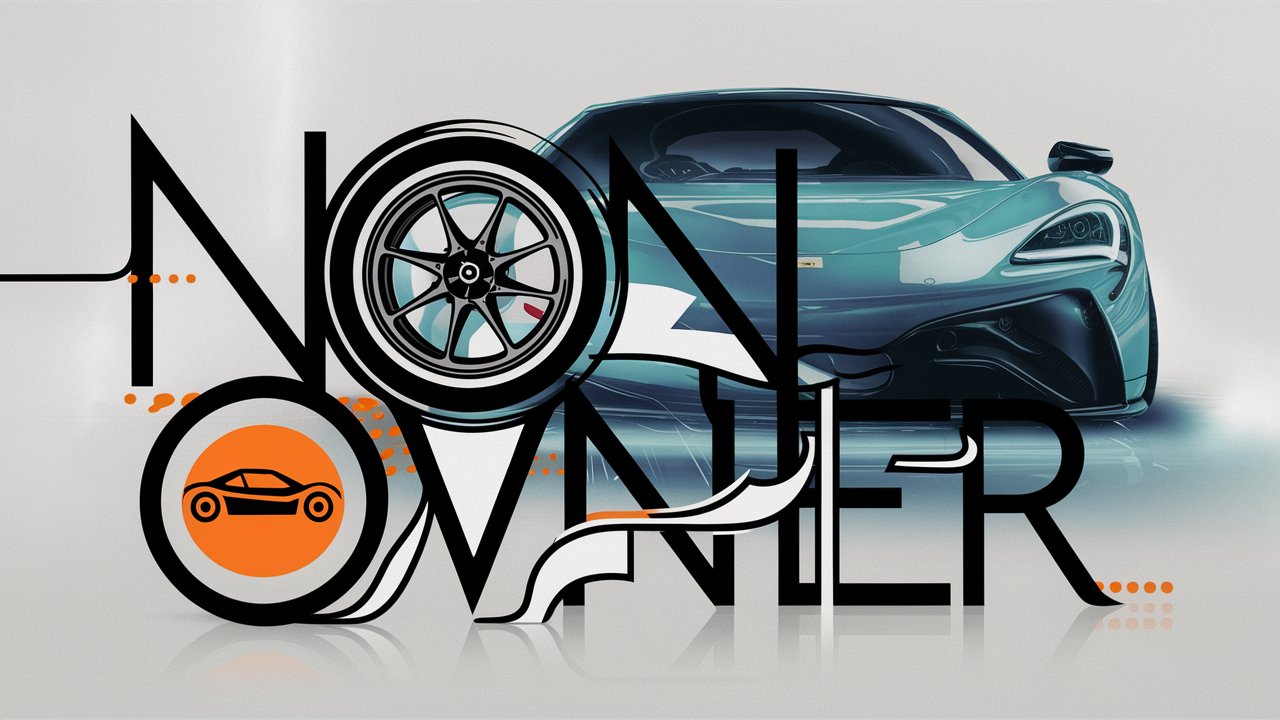Full coverage insurance is not a specific policy type but rather a combination of coverage types designed to provide extensive protection for your vehicle. Typically, it includes both liability coverage and comprehensive/collision coverage, along with optionally adding other coverages like uninsured/underinsured motorist protection and medical payments coverage. Here’s a breakdown of what each component generally entails,
Introduction
Full coverage insurance is often seen as the gold standard of auto insurance, offering a robust level of protection against a wide range of potential risks. Despite its popularity, there’s often confusion about what exactly constitutes “full coverage” and what it includes. In this guide, we’ll delve deep into the concept of full coverage insurance, exploring its components, benefits, potential drawbacks, and essential considerations. Whether you’re a new driver exploring your insurance options or a seasoned policyholder looking to understand your coverage better, this article aims to provide clarity and insight into full coverage insurance.
- Liability Coverage
This foundational part of full coverage insurance helps cover costs if you’re responsible for injuring someone else or damaging their property in an accident.
- Comprehensive Coverage
Also known as “comp,” this protects your vehicle from non-collision incidents such as theft, vandalism, fire, or natural disasters.

- Collision Coverage
This covers repair costs for your vehicle if it’s damaged in a collision with another vehicle or object.
- Optional Coverages
Depending on your insurer and state regulations, you might also opt for additional protections such as uninsured/underinsured motorist coverage (to cover damages if you’re hit by a driver with insufficient insurance) and medical payments coverage (to help with medical expenses for you and your passengers after an accident).
Benefits of Full Coverage Insurance
Choosing full coverage insurance offers several significant advantages,
- Comprehensive Protection
It provides a broad spectrum of protection, not just for accidents but also for various other incidents that could damage your vehicle.
- Peace of Mind
Knowing that your vehicle is covered against a wide range of risks can offer peace of mind, especially if you live in areas prone to theft, vandalism, or extreme weather.
- Legal Requirements
While not mandated by law in all states, having it often meets or exceeds minimum coverage requirements, ensuring you’re compliant with local regulations.

- Lender Requirements
If you’re financing or leasing a vehicle, lenders typically require comprehensive and collision coverage until you’ve paid off the loan or lease, making full coverage essential.
Drawbacks and Considerations
While full coverage insurance offers extensive protection, it’s essential to consider potential drawbacks,
- Cost
Full coverage insurance tends to be more expensive than basic liability coverage due to its comprehensive nature and higher coverage limits.
- Deductibles
You’ll likely have deductibles for comprehensive and collision coverage, which means you’ll need to pay out-of-pocket up to a certain amount before your insurance kicks in.
- Coverage Limits
Even with full coverage, there may be limits to what your insurer will pay, especially for high-value vehicles or certain types of claims.
- Policy Details
Policies can vary significantly between insurers, so it’s crucial to read the fine print and understand exactly what your policy covers and excludes.
Is Full Coverage Insurance Right for You?
Determining whether full coverage insurance is suitable depends on several factors,
- Vehicle Value
If your vehicle is newer, more valuable, or leased/financed, full coverage may be strongly recommended to protect your investment.
- Risk Tolerance
Consider how much risk you’re willing to assume. It reduces your financial exposure in various scenarios compared to liability-only insurance.
- Budget
Evaluate your budget and weigh the cost of full coverage against the potential benefits and your financial comfort level.
Conclusion
In conclusion, full coverage insurance offers robust protection against a wide array of risks, making it a popular choice for many drivers. Understanding its components, benefits, drawbacks, and suitability for your needs is essential in making an informed insurance decision. Whether you prioritize comprehensive protection, compliance with legal requirements, or meeting lender mandates, it provides a comprehensive solution. As always, compare quotes from multiple insurers, review policy details carefully, and consider consulting with an insurance professional to ensure you choose the coverage that best fits your circumstances and preferences.
For more details please visit our home page: Click Here

